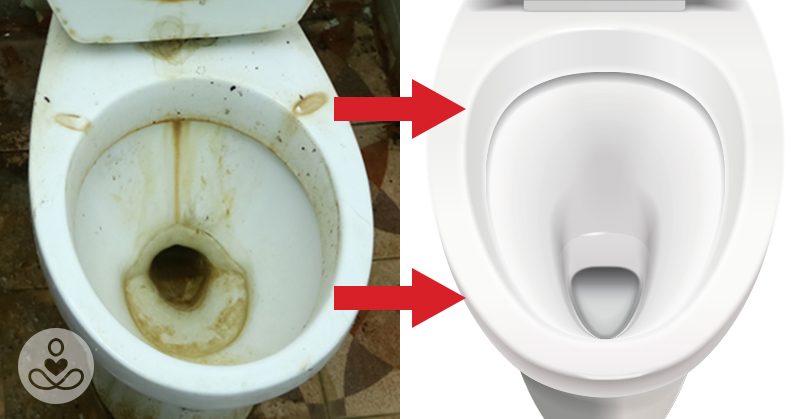It’s really easy and convenient to just tip the bottle and pour some bleach into cleaning buckets, toilets, tubs, wash-hand basins, and even on the kitchen counter. Bleach is the general name given to chemical products that whiten and disinfect fabrics and surfaces, removing stains and killing microbial germs. There are some bleach alternatives worth considering for home cleaning use though. Bleach is super-fast and hassle-free, and it works like magic. That’s why a lot of people wouldn’t bother to think about the adverse effects of using bleach as a cleaning agent around the home.
Read: Is it safe to cook with aluminum foil? Potential dangers and alternatives
Adverse Effects of Bleach as a Cleaning Agent
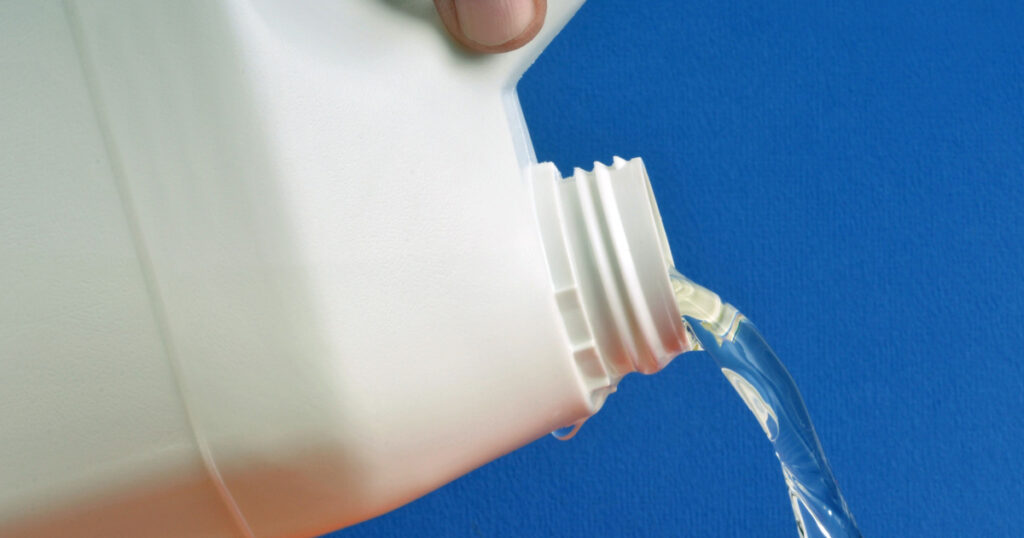
There are several forms of bleach with various levels of toxicity. The main type of bleach used in the home is known as sodium hypochlorite, which for simplicity we will refer to as bleach. In general, most bleach products are corrosive and can have safety concerns. According to the Environmental Working Group (EWG) rating system, bleach was given a grade of F. Issues cited range from asthma to skin allergies and even cancer. Generally speaking, while unpleasant, those bleach vapors are not of concern. However one needs to be more aware when using bleach with other cleaning products. If bleach comes into contact with certain cleaning products, like vinegar, it can produce chlorine gas. This can also include various other household products like window cleaners or dish detergents.
Children and pets also need to be considered
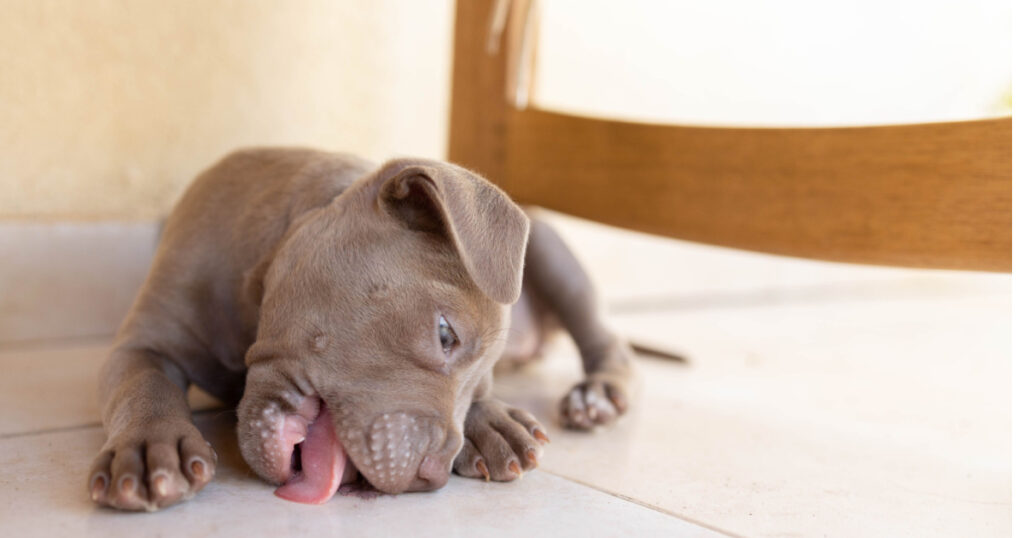
Pet’s noses make their way around the floors and toilets, and it’s easy for them to inhale and lick up bleach, which is very harmful to their health. If the floor is not properly rinsed, bleach can also affect babies and toddlers who roll around and play on it. Another great reason to consider natural bleach alternatives. Ingestion of bleach can cause corrosion of the esophagus stomach walls, which can lead to perforation and possibly death. Bleach fumes affect the lungs and throat when inhaled. It also causes severe irritation and damage when it comes in contact with the skin and eyes.
Bleach alternatives
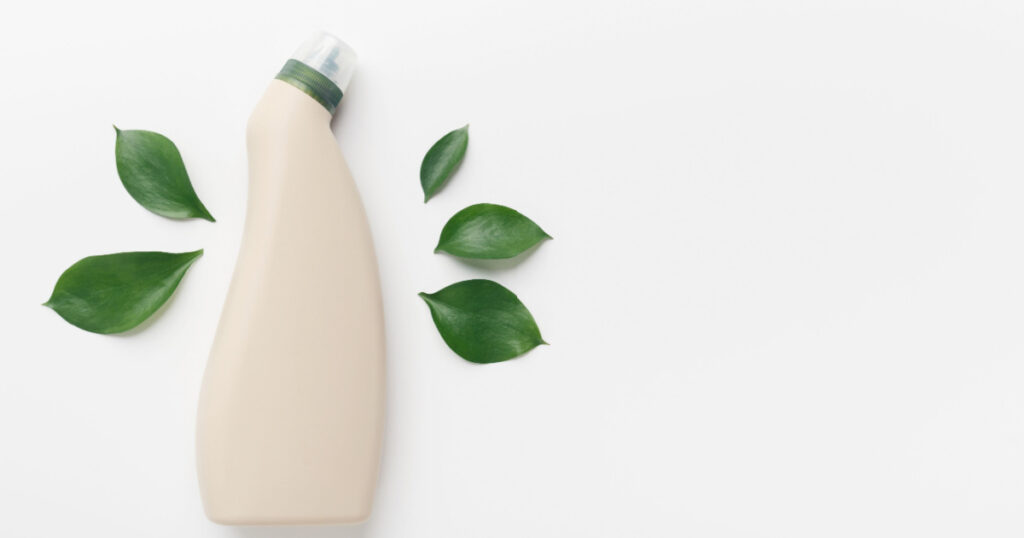
There are several other natural cleaning agents that can be quickly cooked up at home to replace bleach. They’re equally fast and effective, and they’re not harmful to humans and pets.
Read: 15 Unhealthiest Drinks On the Planet (+ 7 Healthy Alternatives)
Vinegar:
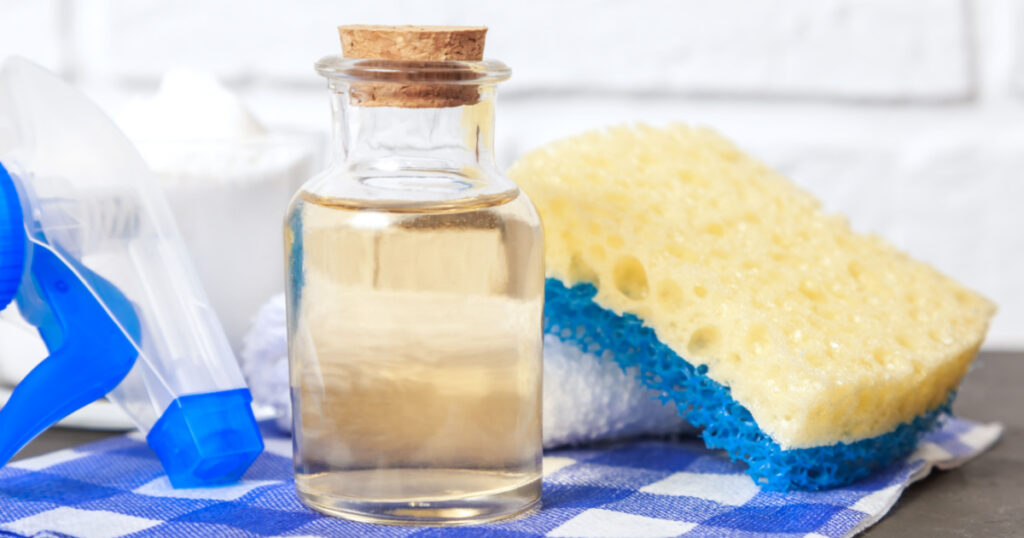
Vinegar, which is primarily used as a culinary condiment, is also a powerful cleaning agent that’s perfectly safe for home use. It’s one of my favorite bleach alternatives! Its only downside is an unpleasant smell, but this passes quickly in a well-ventilated place. Vinegar works well for doing laundry and cleaning ceramics. Vinegar also makes it easy to wash off the soap from floors and clothes. To use vinegar for washing clothes with tough stains on them, pour a cup of distilled vinegar into a bowl of boiling water. Allow the mixture to cool for a few minutes then fold in the clothes to soak in overnight. Wash the clothes the following day and notice a remarkable difference and a striking similarity to the effect of bleach.
Baking soda:
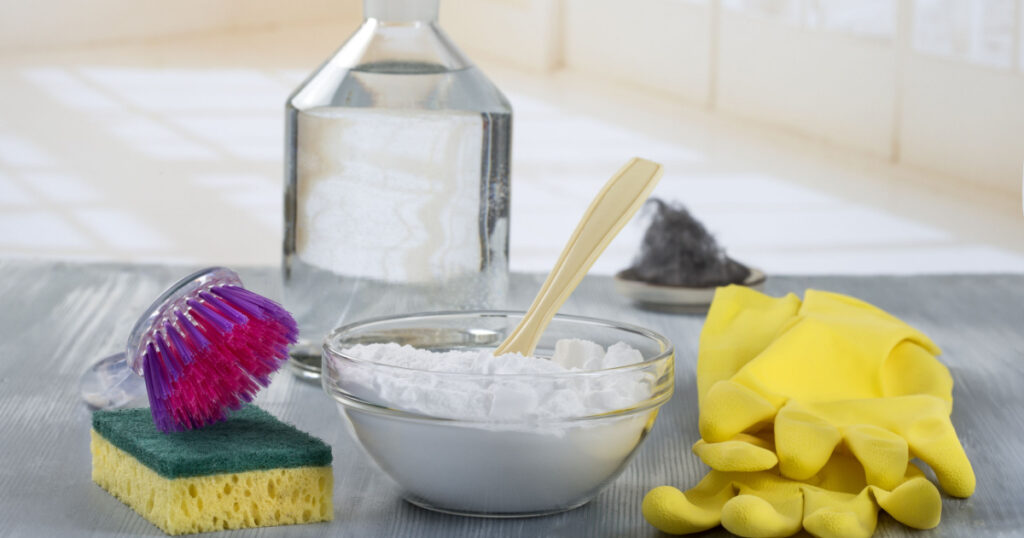
Baking soda is an excellent alternative to bleach. It’s not harmful in any way and is readily available and easy to use. Baking soda can be used to clean and disinfect the toilet, bathtub, and sink, though it has to be used in conjunction with white vinegar for the full effect to be achieved. To clean the toilet, use white vinegar as a preliminary measure. Pour it all around and brush it down, allowing it to sit for half an hour. Without washing the vinegar off, wet your brush and pour baking soda on it, using it to scrub down the walls vigorously. Allow this to sit for five minutes and then flush it all off. That will give you a perfectly clean, grime-free toilet bowl.
Hydrogen peroxide:
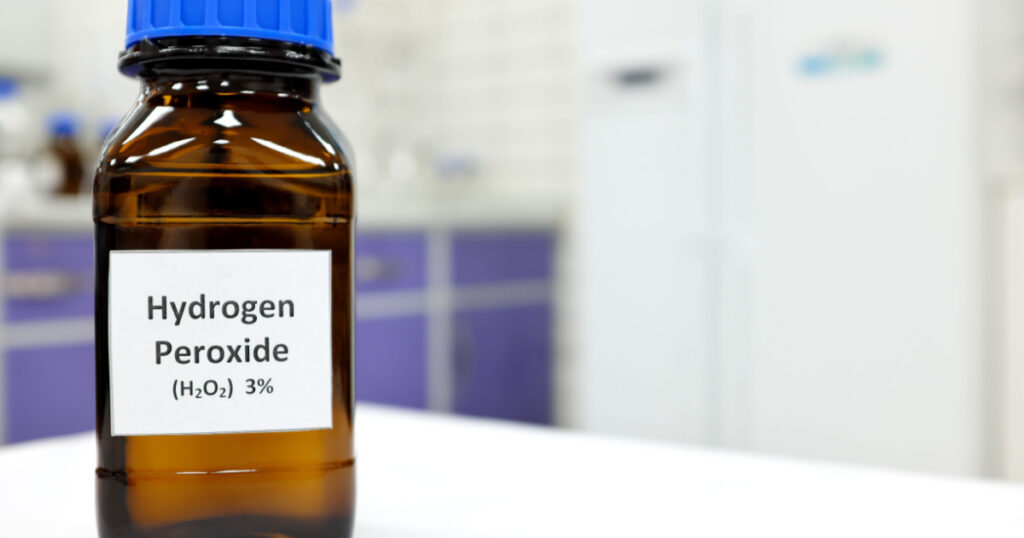
Hydrogen peroxide is a non-toxic chemical compound that’s widely used for laundry purposes, cleaning floors and ceramic ware, and also cleaning wounds, the latter being due to its anti-bacterial nature. It’s a better bet over bleach because it’s not harmful or corrosive when it comes in contact with the lungs or skin. It doesn’t require an overnight soak-in like vinegar before it can be used for laundry purposes. Just add ½ a cup of it into your washing liquid or powder and carry on as you usually would. It will brighten the clothes and remove tough stains. Hydrogen peroxide is used in cleaning kitchen counters, windows, and floors when sprayed from a bottle. It’s also used to clean the fingernails and rinse the mouth, but in minute amounts and it’s never to be swallowed.
Read: 18 Uses For Coconut Oil – Beauty, Cleaning, Health, And More
Lemon juice:
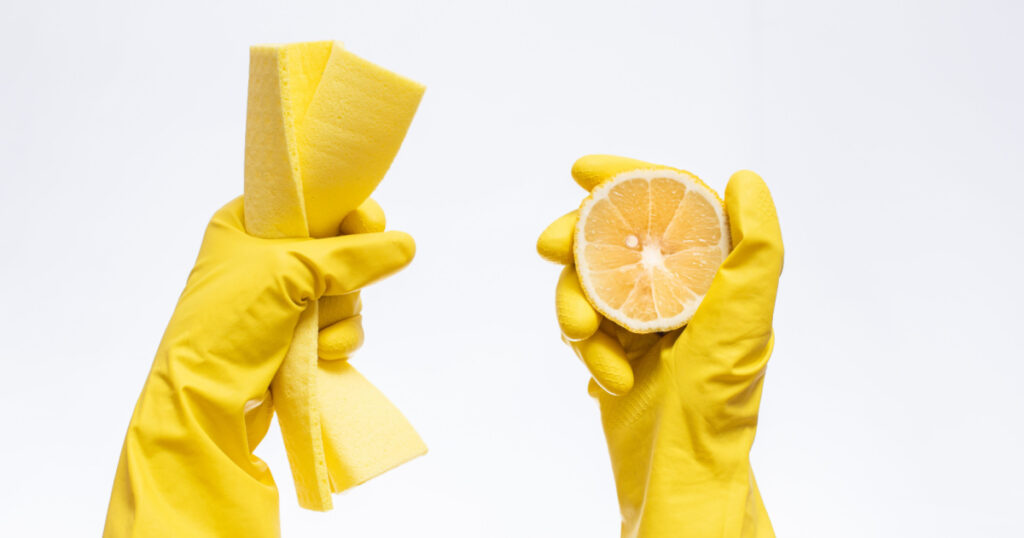
Lemon is a very important and essential fruit in many areas of well-being. It is useful in nutrition, skincare, treatment, and prevention of many infections and diseases, and of course, safe house-cleaning and disinfecting. The lemon juice can be applied in many ways to kitchen counters, bathtubs, toilet bowls, wash-hand basins, and floors. It can be sprayed from a bottle, or half of the fruit can be rubbed around in circles on the surface to be cleaned. It should be allowed to sit for a couple of minutes before it’s cleaned off with detergent.
Borax:
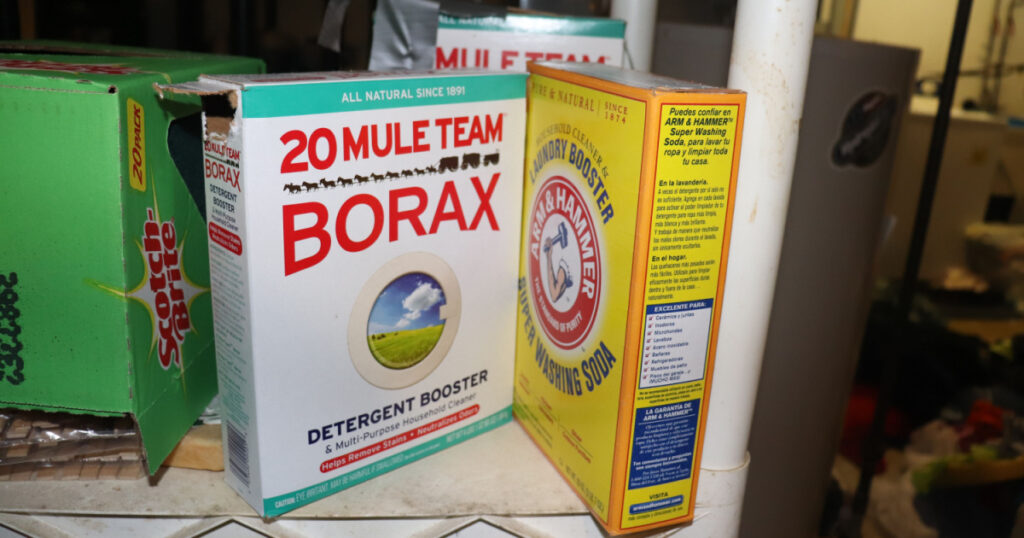
Borax is a powerful cleaning agent made with salts and inorganic minerals, which is very useful for cleaning and disinfecting. It has anti-bacterial and anti-fungal properties that make it great for cleaning filthy and grimy surfaces. Borax is always used in conjunction with other natural cleaning agents and detergents with the exception of bleach for the best results to be achieved. To clean the toilet, it is mixed with vinegar. To clean kitchen surfaces, it’s mixed with castile soap.
Tea tree oil:
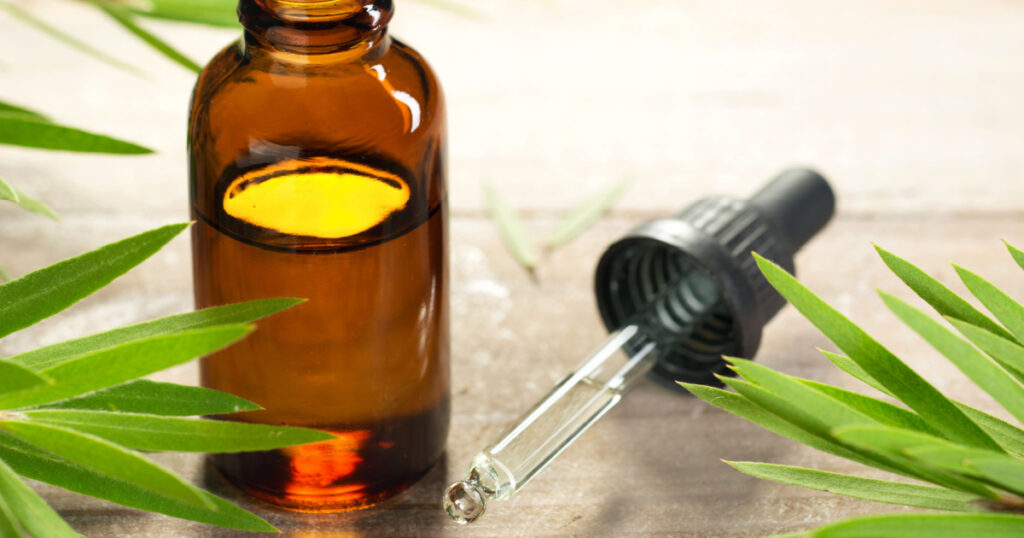
Melaleuca oil, commonly called tea tree oil, is a multi-purpose essential oil that’s used for cleaning, polishing, and disinfecting surfaces around the house. Tea tree oil has a pleasant smell and is perfectly harmless. It can be sprayed from a bottle or applied with a cloth onto floors and other surfaces around the house to clean, brighten, disinfect, and leave a glimmer. Tea tree oil must be diluted into a solution before use because it’s too strong in its concentrated form. Note: Tea tree oil can be a danger to cats and dogs if not properly diluted. Small concentrations of 0.1-1.0% are considered safe.
Solar power:
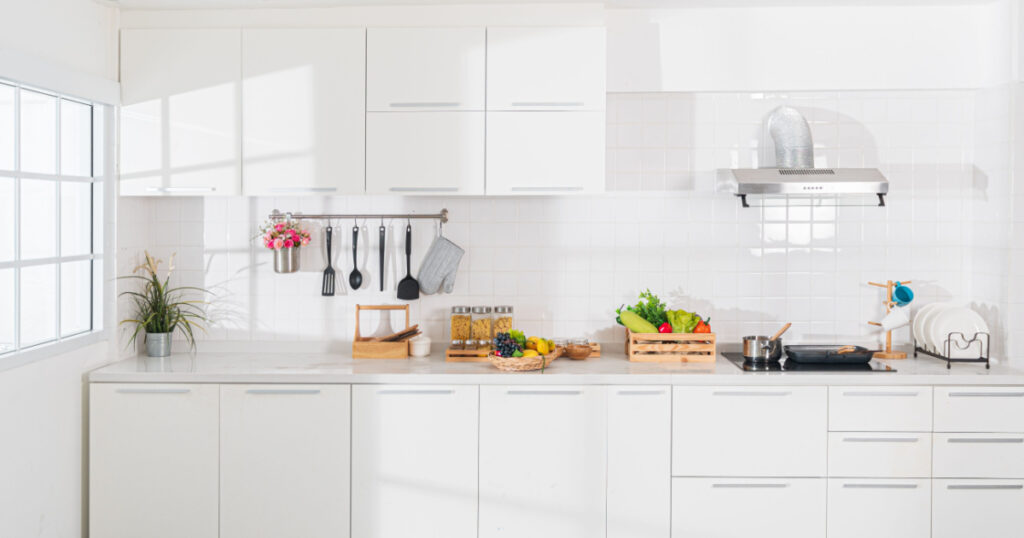
A bonus option for disinfecting surfaces around the house. Ultra-violet rays from the sun are great at scorching up germs. You don’t need to install solar panels for this. Just expose the surface to bright sunlight and allow it to warm up before cleaning. Solar power may not be the most practical method you can solely rely on, but it’s worth considering.
Keep Reading: 9 Natural DIY Cleaning Products Every Home Needs
